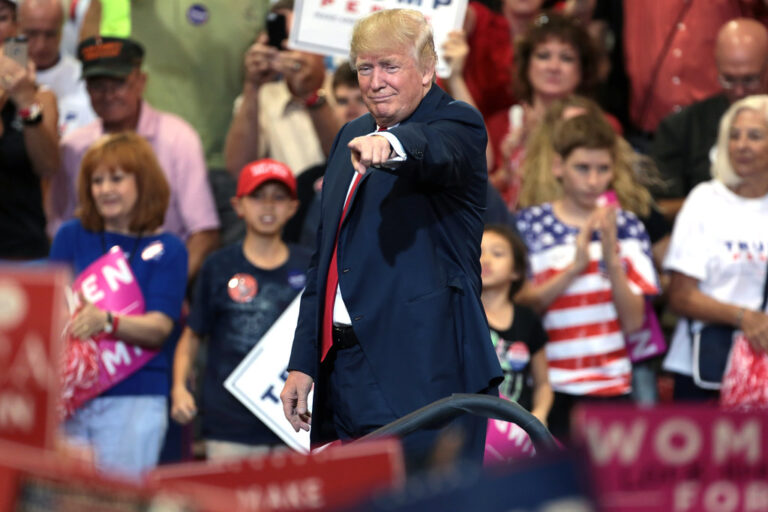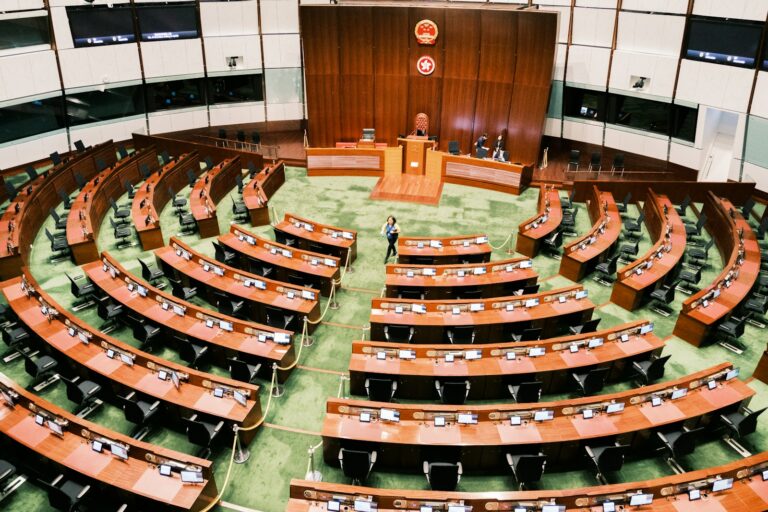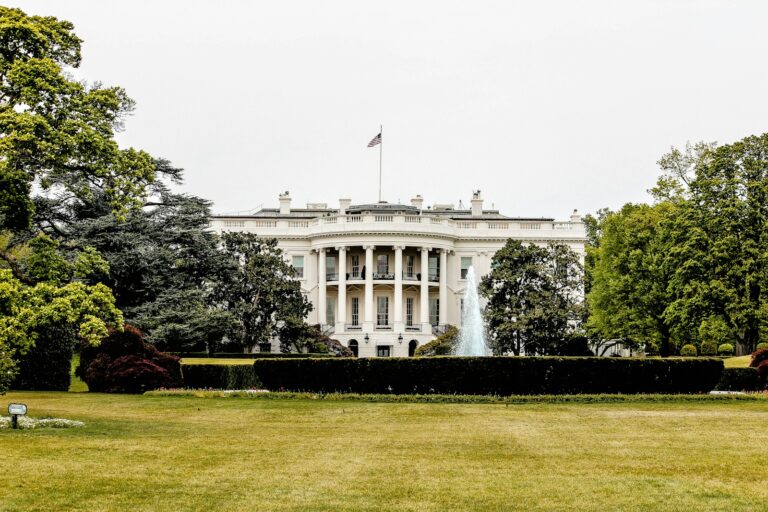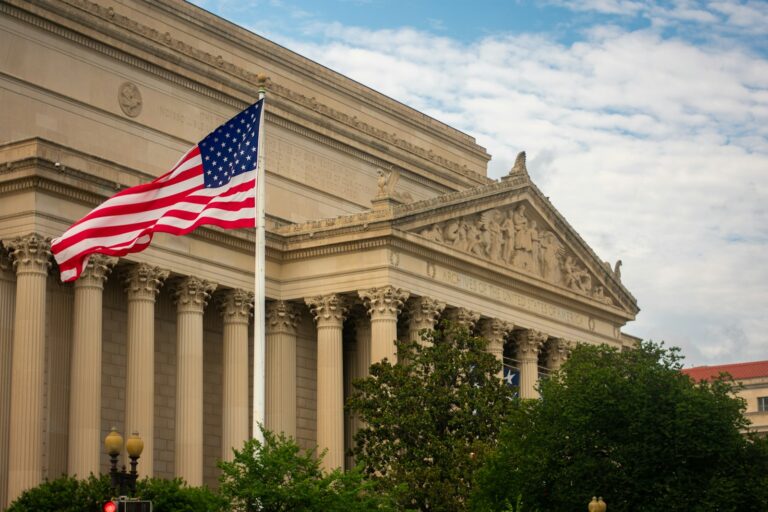Key Takeaways
– A pre recorded message mocked the Education Secretary during her talk
– The host blamed liberal senators and a foreign government in jest
– Circus music and a sitcom theme added to the interruption
– McMahon stayed calm and kept delivering her speech
Unexpected Disruption at Student Conference
Education Secretary Linda McMahon faced an odd interruption on Wednesday. She spoke at a conservative student conference in Washington DC. Suddenly, a hidden audio clip cut into her address. The voice in the clip called her a corrupt billionaire who knew nothing. The break startled everyone in the room. Then the host tried to explain the break in a joking way.
Mocking Audio Hijacks the Speech
At the moment Ms McMahon talked about how she would use the department funds, a voice boomed over the loudspeaker. It slammed her as a rich person who lacked ideas. Right after that, the host blamed the Chinese Communist Party for hacking the audio. He even claimed some liberal senators joined in on the prank.
Transitioning into Sitcom Theme and Circus Music
As the strange voice ended, another clip began. It was the familiar sitcom theme from Arrested Development. Many people laughed because the tune often signals a fail or a blunder. But this time it sounded like they were mocking the speaker. Just when the laughter died down, the circus march known as Entrance of the Gladiators started playing. The tune reminded some of clowns taking the stage.
Blame and Banter from the Podium
The event’s moderator kept the mood tense and light hearted at once. He quipped that the Chinese government had cut into their technology feed. Then he pointed fingers at a few liberal senators for working with foreign hackers. He claimed they teamed up to silence Ms McMahon’s ideas. Audience members shifted in their seats. Some smiled. Others looked confused. Meanwhile Ms McMahon pressed on.
McMahon Keeps Her Composure
Rather than stopping, Ms McMahon smiled and moved on with her remarks. She talked about her plans for school funding. She said she wanted more money to go to teachers and students. She stressed her goal to ease burdens on working families. Even as the music played, she stayed focused. The crowd grew quiet to listen to her proposals.
Reaction from Attendees
Several students exchanged shocked looks. Many raised their phones to record the scene. Others simply stared at the stage. No one seemed to know who played the prank. Some guessed it came from inside the venue’s tech team. Others thought someone at a nearby table used a hidden device. Either way, no one expected the interruption.
Potential Security Lapses
This incident raised questions about event security. How could someone pipe in audio without the speakers knowing? Did the venue’s sound system have weak points? Were organizers too focused on the schedule to check their tech? After the event, staff members said they would review their security plans. They wanted to prevent a repeat.
What Led to McMahon’s Appointment
Ms McMahon became Education Secretary last November. The president tapped her despite her ties to the wrestling world. Her husband owns a famous wrestling company. She also ran for Senate twice but lost both races. In those campaigns, she spent over one hundred million dollars of her own money. Many people wondered if her wealth made a difference.
Why Critics Targeted Her Wealth
Critics often point to her billion dollar family fortune. They say money gives her too much power in politics. They also claim she lacks real experience in education work. Supporters argue she knows how to run a large organization. They note she built a big fitness business before joining government. Regardless, the prank aimed at her wealth and background.
Impact on Her Leadership Image
Despite the prank, Ms McMahon showed calm under pressure. Many praised her quick recovery and focus. They said she handled a tough moment well. Others worried that ongoing heckling could distract her from her work. So far, she has not commented publicly on the incident. She chose to stick to her planned remarks.
Broader Debate Over Campus Disruptions
This event adds to a trend of pranks and protests at political speeches. In recent years, several public figures faced noise interruptions on campus. Sometimes activists disrupt to draw attention to a cause. Other times pranksters simply want a laugh. Critics of such tactics say they stifle free speech. Defenders claim they allow people to push back on powerful voices.
Moving Forward with Education Goals
Despite the interruption, Ms McMahon laid out her plan. She wants more school choice for parents. She proposes tougher standards for teachers. She seeks more funding for career and technical education. She also champions debt relief steps for college graduates. Her ideas face support and criticism in Congress. Still, she aims to stick to her mission.
Conclusion
The comedian style audio may have stolen the moment. However, Education Secretary Linda McMahon pressed on. She continued her speech without missing a beat. In the end, her focus on education plans shone through. And her calm reaction under pressure left many impressed. As campus events adapt, speakers and organizers will tighten security. They will also remember that surprises can come from anywhere. But with a clear message and steady nerves, leaders can overcome any disruption










